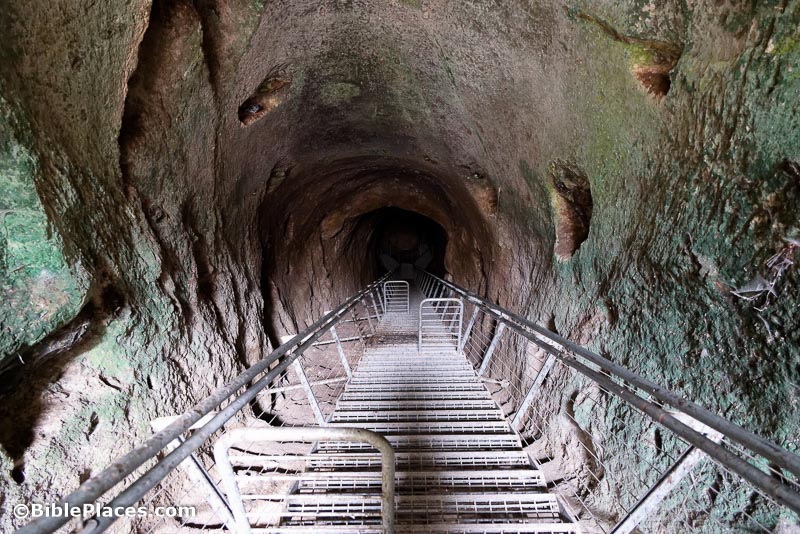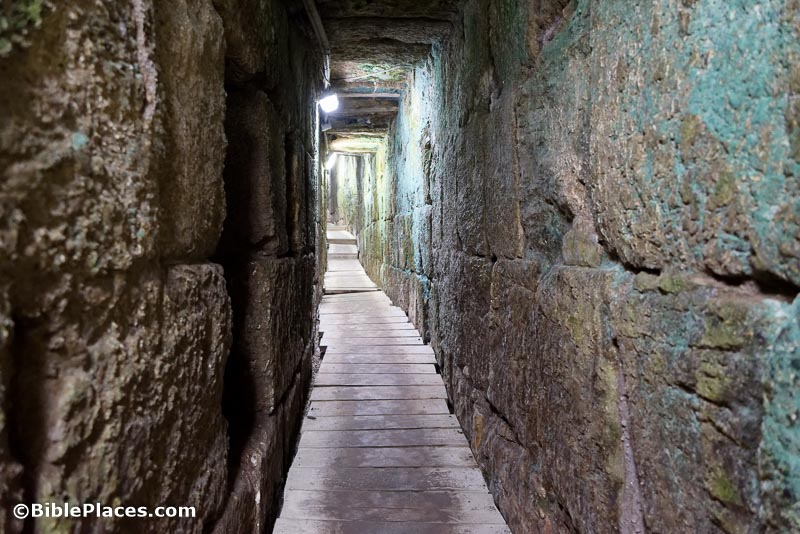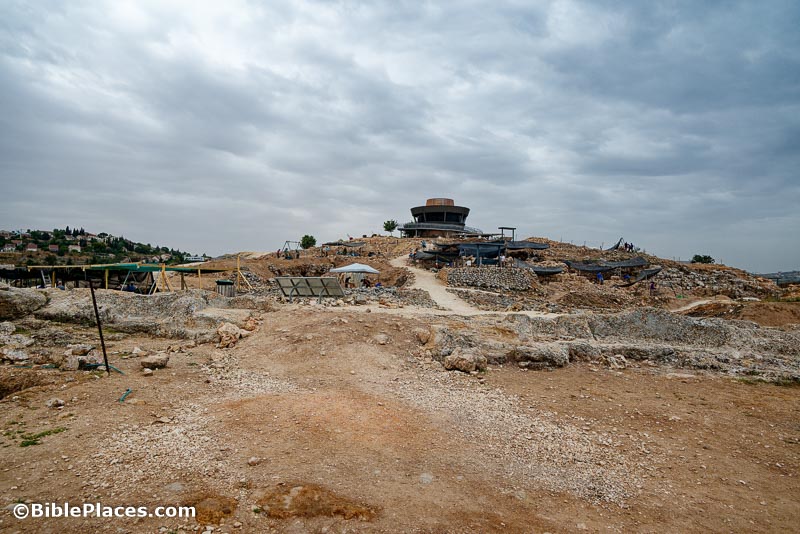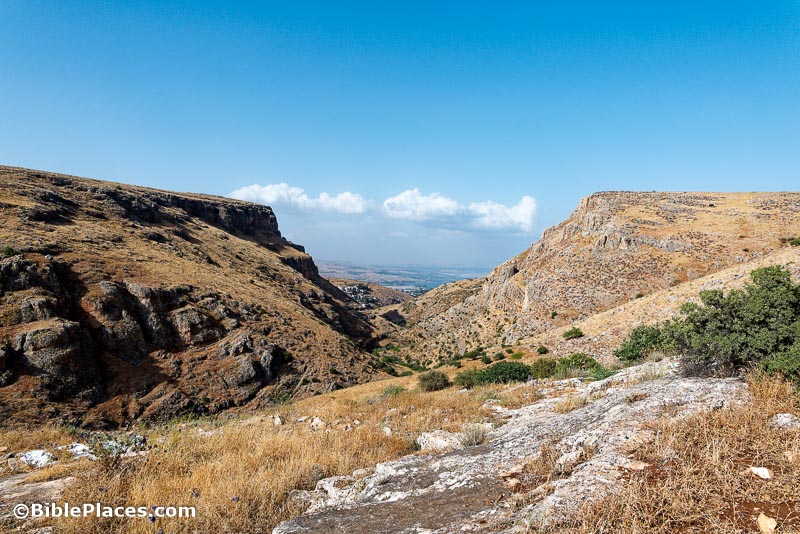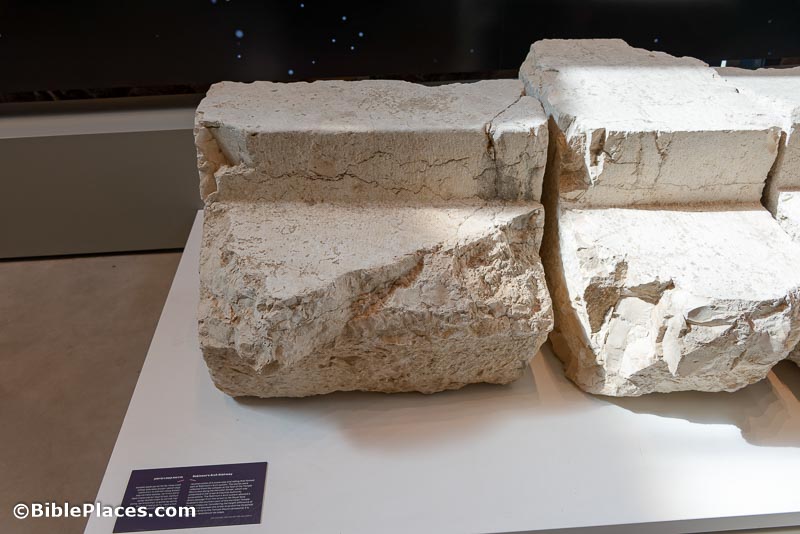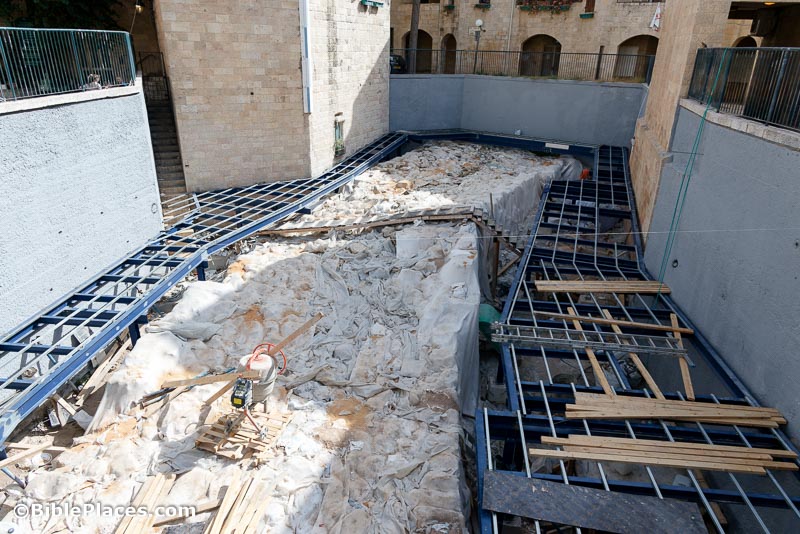Recent excavations in front of the edicule in the Church of the Holy Sepulcher revealed the 4th century arrangement of the rotunda.
Chris McKinny gives an overview of the results from Week 2 of excavations at Tel Burna.
Aren Maeir notes that excavations are also currently underway at Tell el-Hesi and Khirbet Summeily.
Archaeologists have invited the local community to help conserve the Middle Bronze gate at Gezer after last year’s fire.
William Hild, a participant in this summer’s excavation at Hyrcania, is guest on The Book and the Spade discussing the project.
Ruth Schuster writes about the treasures that were returned when the Israel Antiquities Authority announced an amnesty campaign. Enjoy the many photos, for you’ll never see these objects again as the IAA protects them in a vast storage center.
Ariel David reports on Garfinkel’s latest claim of Judah’s importance in the 10th century, including criticism from other archaeologists. Melanie Lidman has a similar story.
Tim Chaffey explains how Ernest Martin and Robert Cornuke “avoid key passages of Scripture, distort Josephus’ words, and ignore the findings of archaeologists” in their relocation of Solomon’s temple.
New release: Ancient Synagogues Revealed 1981-2022, edited by Lee I. Levine, Zeev Weiss, and Uzi Leibner (Israel Exploration Society, 300 NIS). You can see all the volumes in the long-running series on the IES website.
Hybrid conference on July 10-13 in Jerusalem: “Jerusalem: From Umbilicus Mundi to the Four Corners of the Earth and Back.” The conference brochure is here. The live broadcast will be here.
Zoom lecture on July 25: “Jesus in Galilee: An Archaeological Perspective,” by Eric Meyers
BBC Reel has released “Armageddon: The ancient city behind the biblical story.”
Chandler Collins considers what may be learned from 19th century travelers’ writings about their first views of Jerusalem.
HT: Agade, Arne Halbakken, Joseph Lauer, Explorator
The latest big hole in the ground opened to visitors is the Gezer water system. The descent gives you a new appreciation for the value of a secure source of water.
